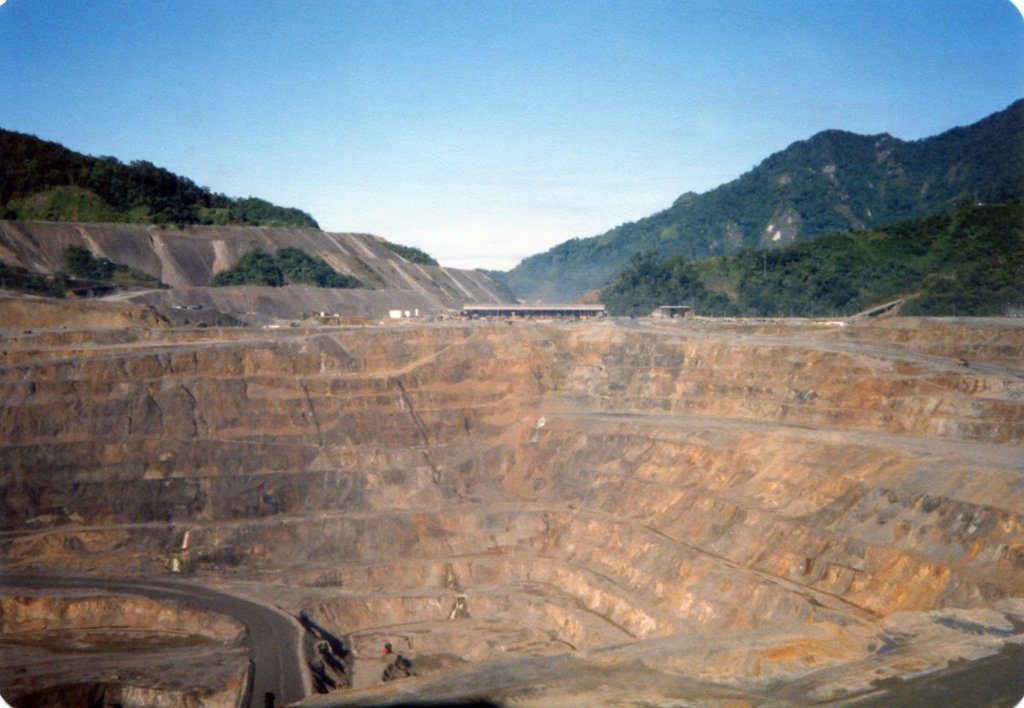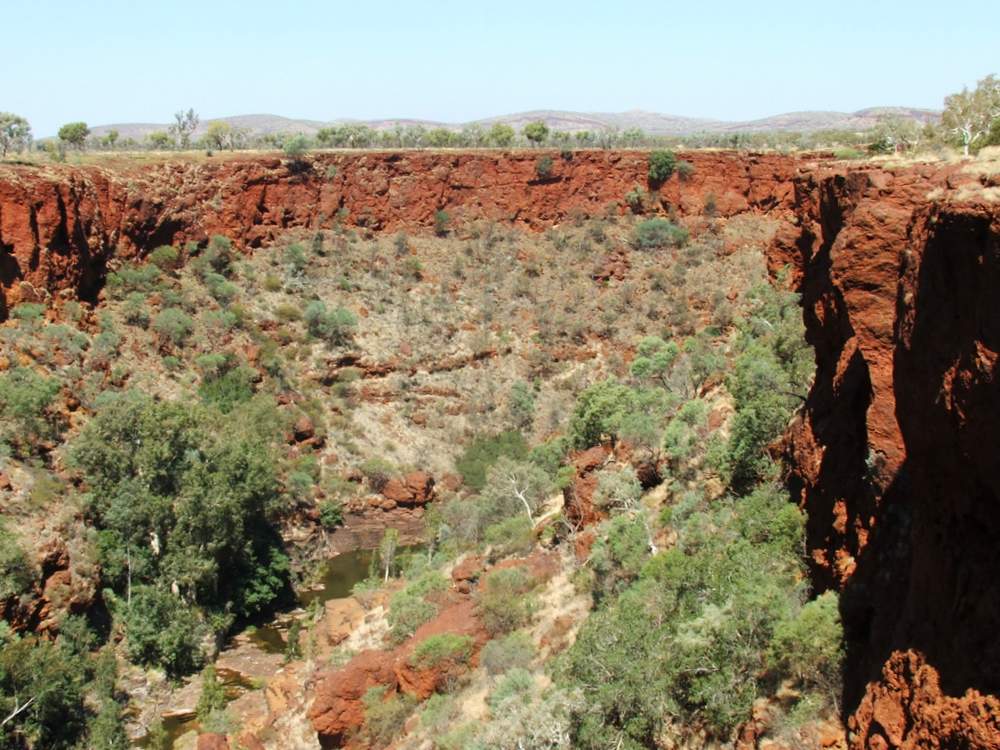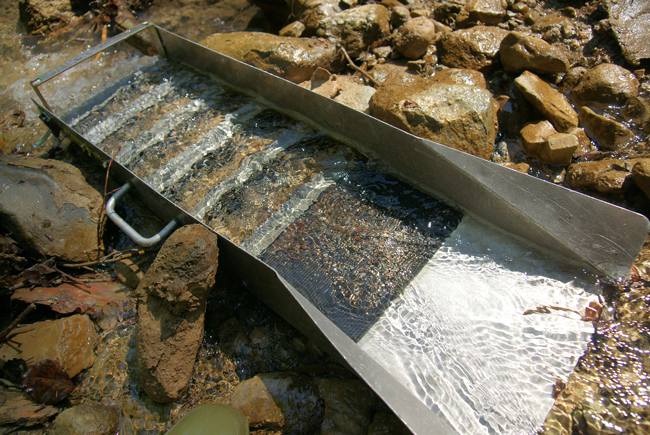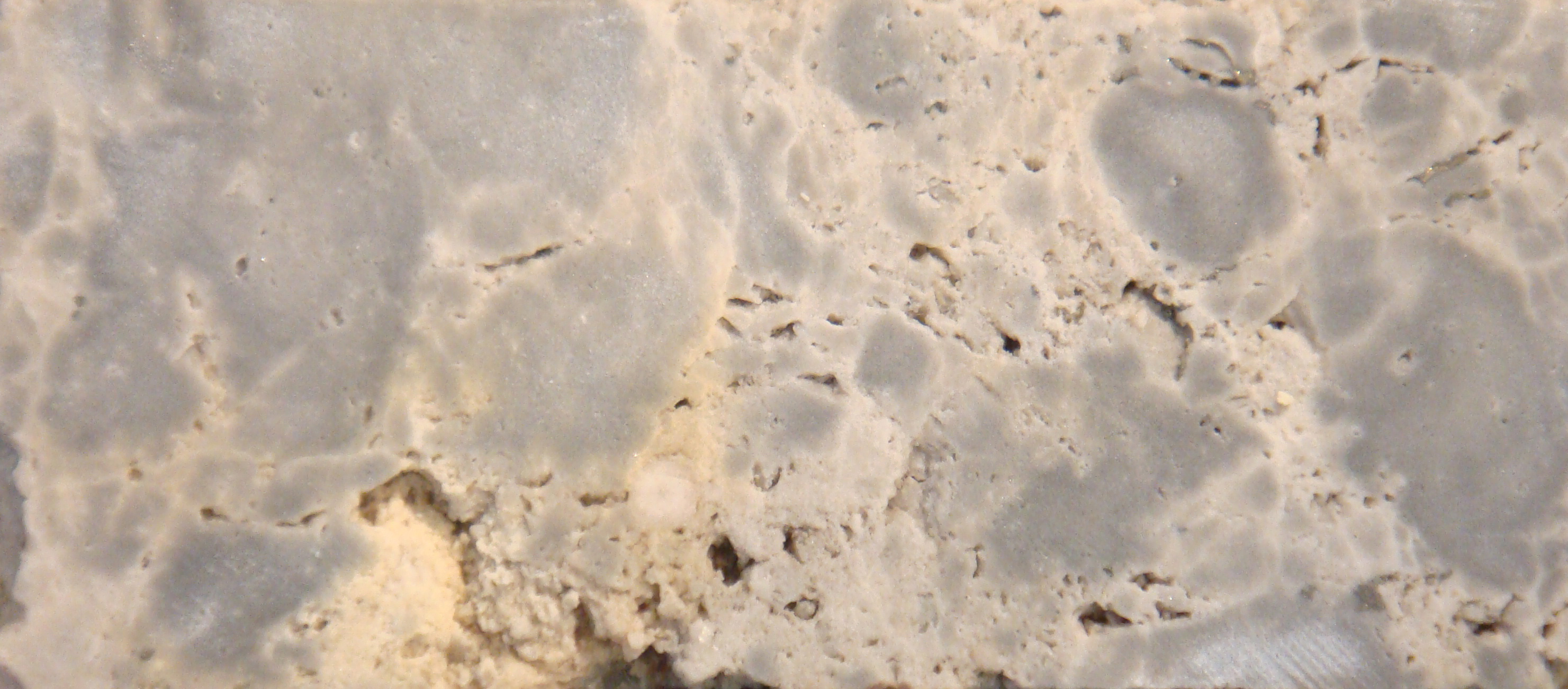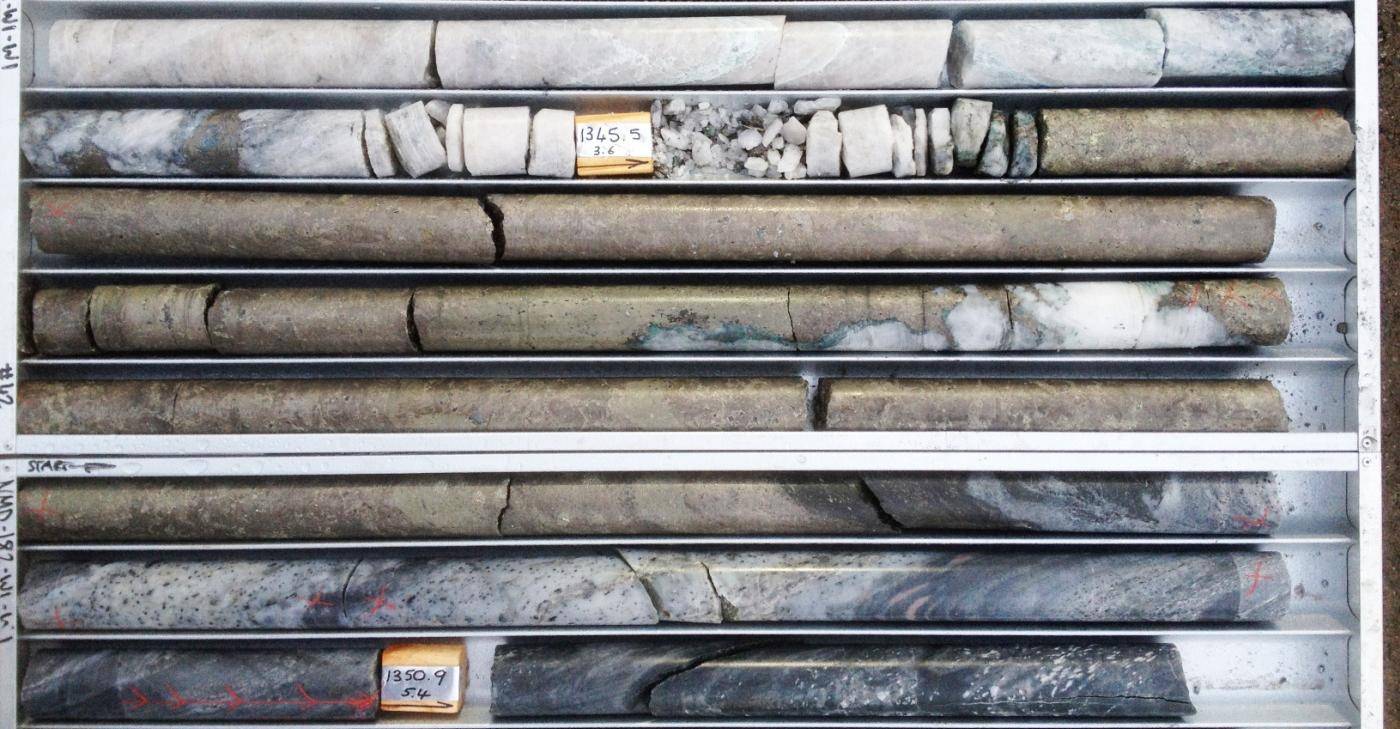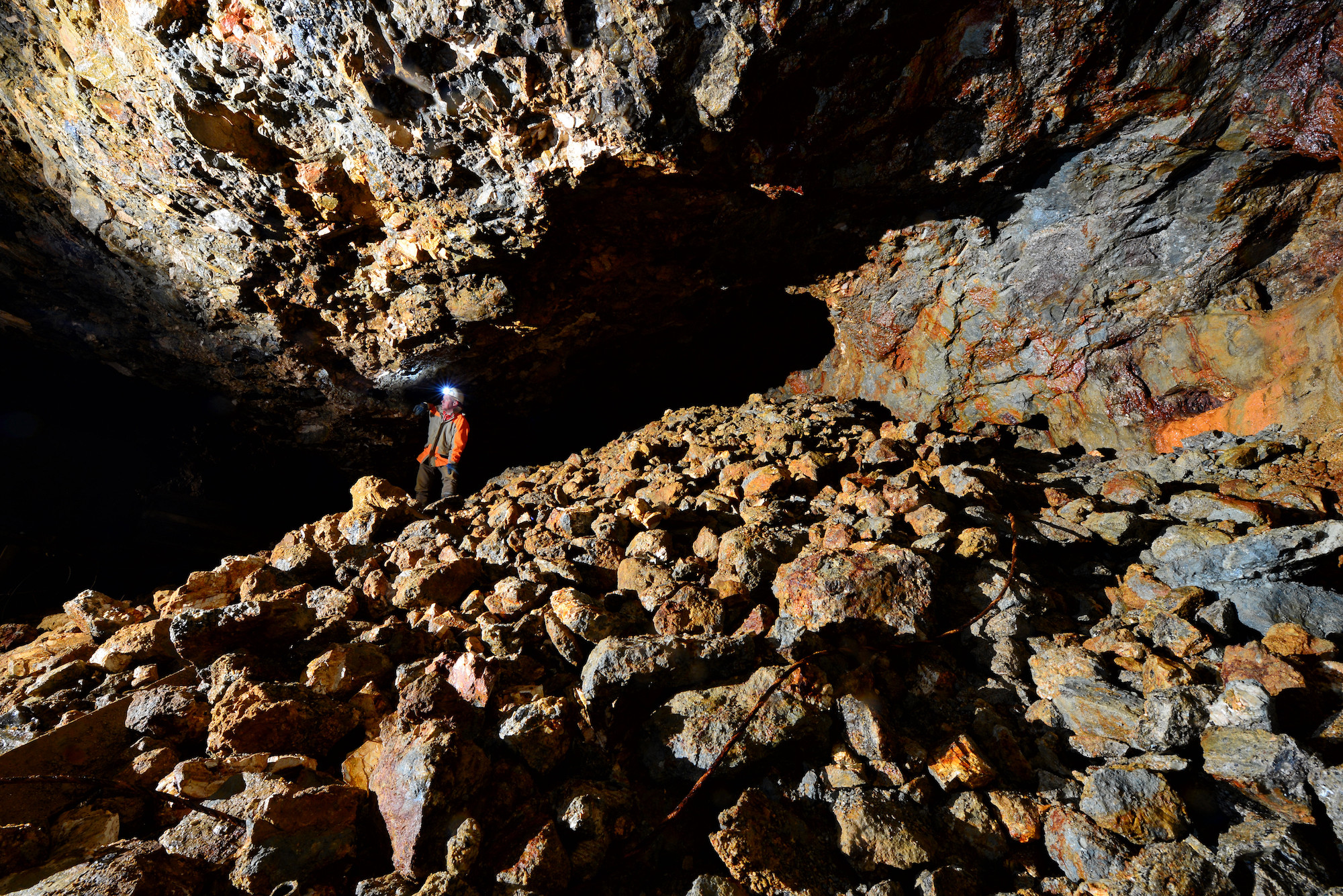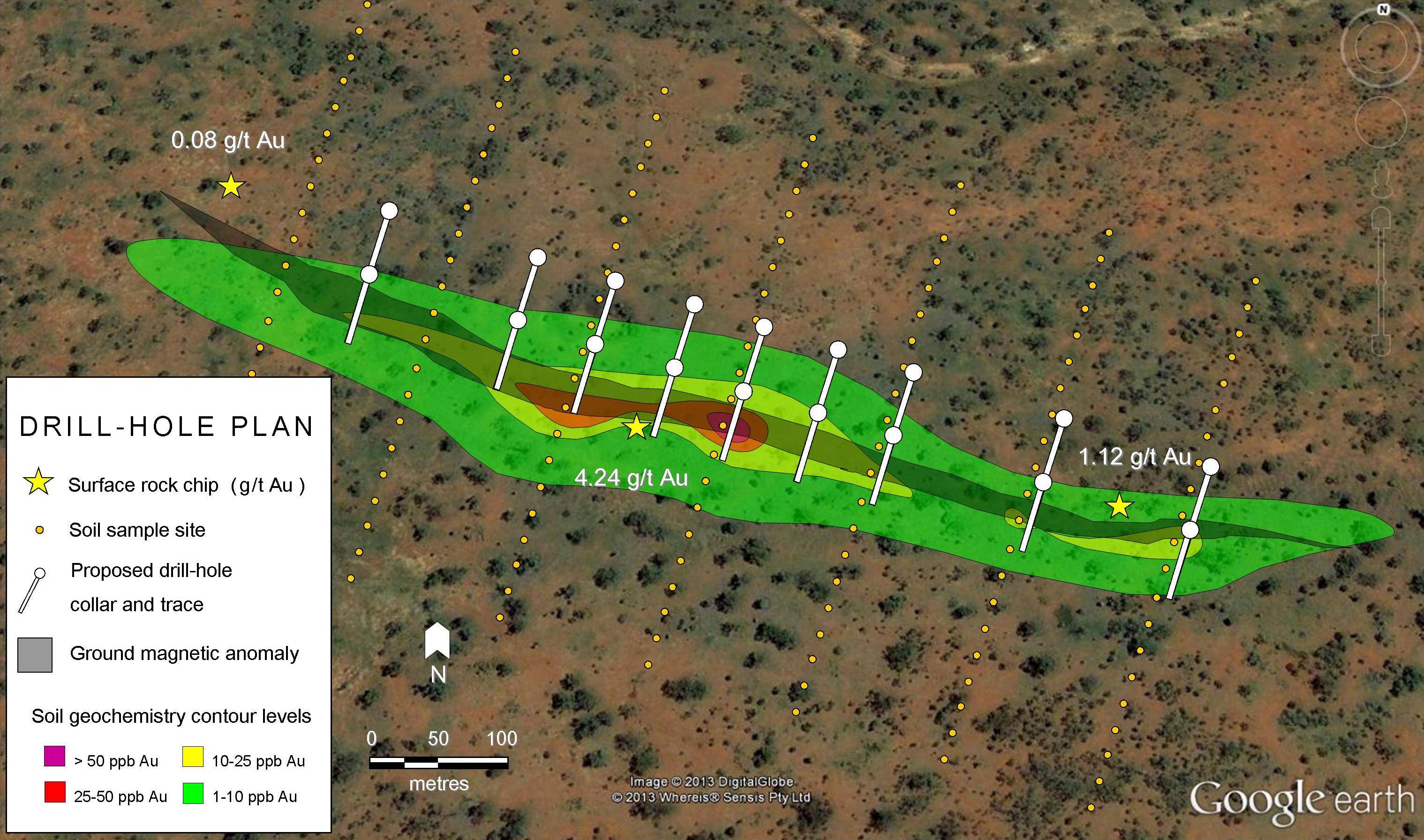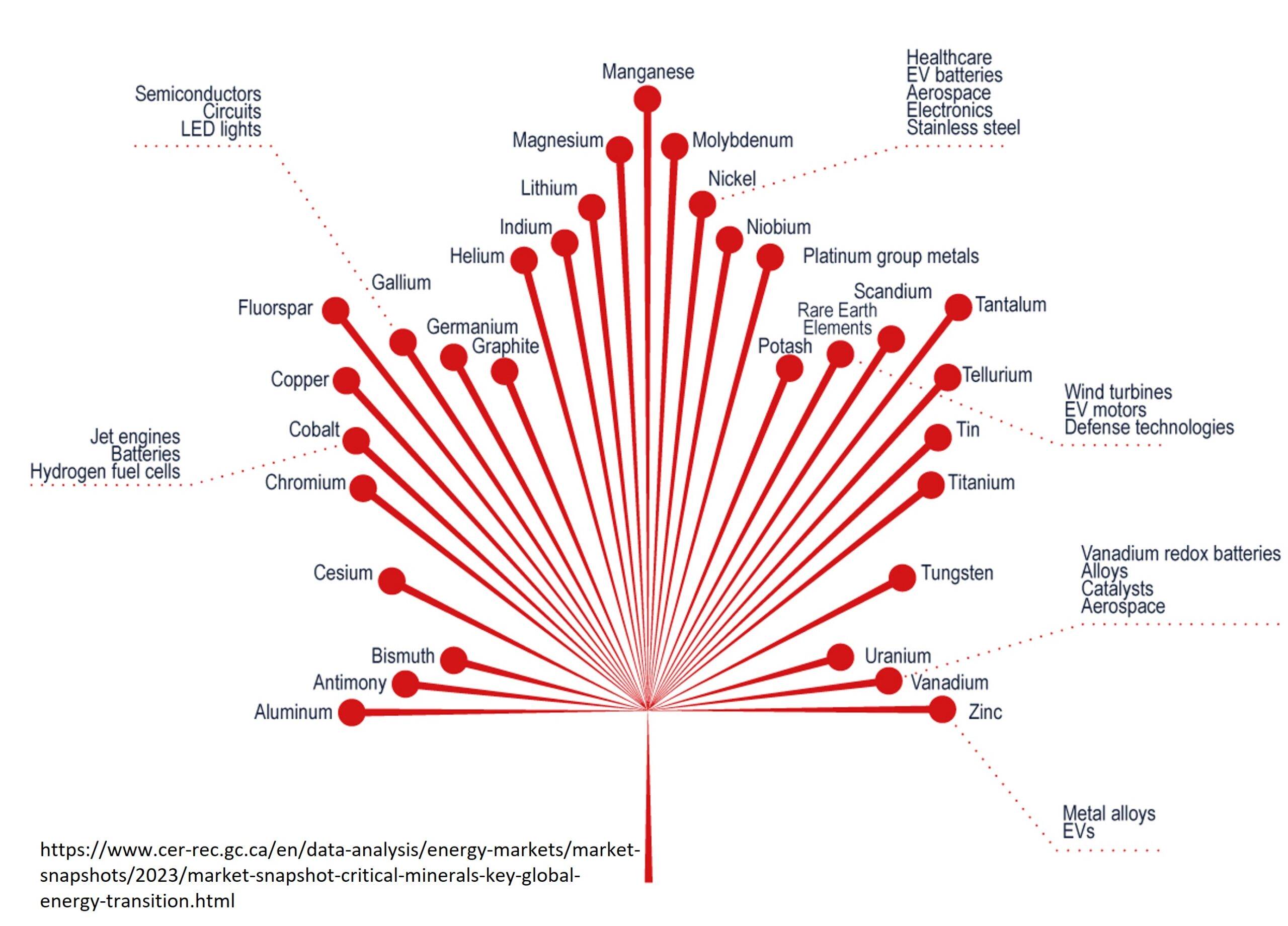Mississippi Valley-Type (MVT) Lead-Zinc Deposits are high grade lead and zinc sulfide deposits hosted in soft sedimentary host rocks such as limestone and dolostone. Their name reflects their historic occurrences along the Mississippi River in the United States. In fact, mining along the “Lead Belts” of the USA has been ongoing since the discovery of these deposits in the early 1700’s.
The high grades, combined with the soft sedimentary host rock and concentrated structural formation make them particularly easy to mine – when commodity prices are good.
Ore Minerals
While the primary ore minerals in these deposits are galena (Lead Sulfide) and sphalerite (Zinc Sulfide), copper and silver sulfides can be found in small amounts in some deposits. Iron sulfides and carbonates make up the bulk of the gangue, or waste rock.
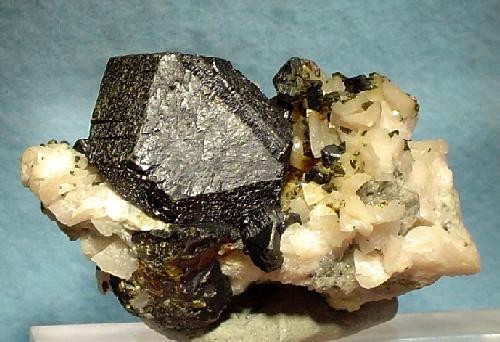
Formation and Exploration
MVT deposits are hosted in carbonate deposits associated with ancient coral reefs. These these deposits must be younger than the first appearance of these reefs in the geologic record. MVT deposits are therefore thought to be about 400 million years old.
The formation of ore minerals occurs later when tectonic processes and mountain building events channel metal-bearing fluids through the carbonate host rock. MVT deposits are closely associated with orogenic forelands – large valleys running parallel to mountain belts. Since local geology and structure focus the fluids along paths of least resistance- like faults, folds and collapse structures – the ore minerals are concentrated along these structures. This structural association may result in deposits that consist of many smaller high grade ore-bodies as opposed to a large single deposit. Ore grades in an economic deposit typically range from 4-15 % lead-zinc.
The high grades, combined with the soft sedimentary host rock and concentrated structural formation make MVT deposits particularly easy to mine – when commodity prices are good.
Exploring for MVT deposits involves targeting the locations where MVT mineralization is most likely to occur: carbonate platforms in foreland basins with the necessary structural channels. Aside from outright mineral occurrences, geologists will use existing maps to identify the target host rocks and important geologic structures. Field methods such as stream sediment or soil geochemistry may be used to target lead or zinc mineralisation.
Geophysical methods including gravity and magnetic surveys may be employed. Gravity may identify mineralized areas (high density rock) or buried open structures which may have been fluid channels (low density rock). Magnetic surveys may be useful since the magnetic iron sulfide mineral pyrrhotite is known to occur in MVT deposits.
Since similar geologic environments are associated with petroleum reserves, oil exploration data including drill logs may also be useful for MVT exploration.
Important Deposits
The Virburnum Trend in southeastern Missouri is perhaps the most important MVT district. It hosts a number of important mines including those run by the Doe Run Company.
The Pine Point deposit in the Northwest Territories, Canada was mined for more than 20 years by Cominco and is still though to host significant reserves. Tamerlane Ventures is attempting to bring the deposit back into production.
The Gays River Deposit in Nova Scotia, Canada has been mined off and on since it’s discovery in 1973. Selwyn Resources has acquired property and is attempting to re-open the mine which was most recently closed in 2009.
The Polaris Mine in Canada’s high arctic operated for 20 years until 2002 and is an example of a logistically challenged, yet profitable mine.
Companies Mentioned
Doe Run – Viburnum Trend, MO, USA (Privately held)
Tamerlane Ventures – Pine Point, NWT, Canada
Selwyn Resources – Gays River (Scotia Mine), Nova Scotia, Canada
Subscribe for Email Updates

